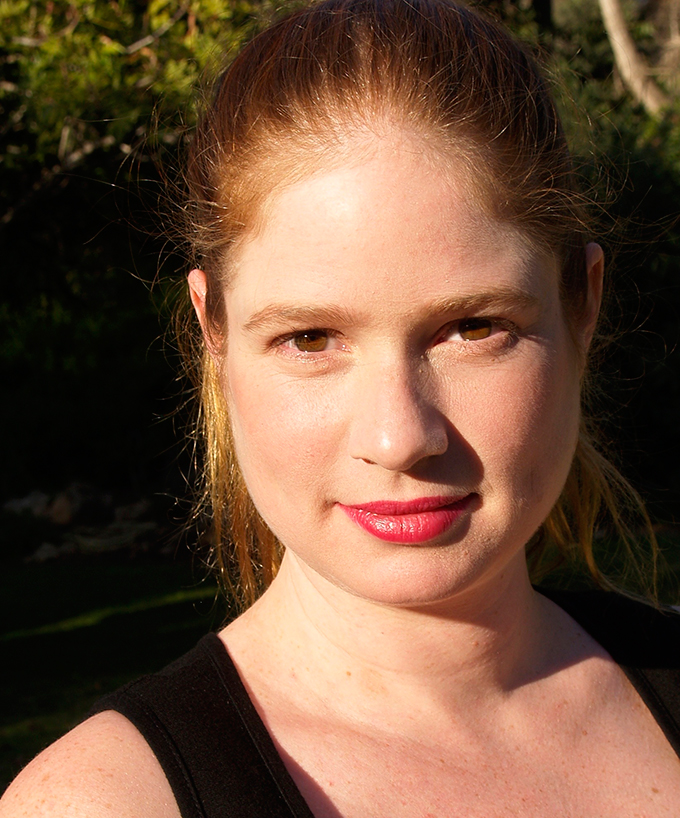
Ahead of her appearance at Counterflows, Maya Dunietz talks to Stewart Smith about the Ethiopian composer and pianist Emahoy Tsegué-Maryam Guèbrou, whose music she has championed.
Few artists sum up the relentlessly adventurous spirit of Counterflows better than Maya Dunietz. Still in her early 30s, the Tel Aviv-based artist has earned a reputation as a committed experimentalist. While her background is in classical and jazz piano, Dunietz has cast her net widely to take in composition and improvisation, avant-rock, folk, electronic music, performance, theatre and sound installations. She’s performed with leftfield icons such as John Zorn, Mike Patton and Evan Parker, composed for Iancu Dumitrescu and Ana-Maria Avram’s Hyperion Ensemble, and is currently working on a piece for a 600-strong female choir.
Her first solo album, which encompasses vocal pieces, ‘broken down piano’ and computer processing, is due in the coming month, while a recording of her free jazz trio with bassist John Edwards and drummer Steve Noble is immanent (this crack London rhythm section are also making a Counterflows appearance, performing with saxophonist Joe McPhee).
Dunietz has performed in Scotland a number of times and in August, will perform in Glasgow’s Old Hairdresser’s with her partner Ilan Volkov (principal guest conductor of the BBC Scottish Symphony Orchestra and curator of the international Tectonics festival) as Lover’s Ritual.
At Counterflows, she will be performing two sets: a duo with the remarkable Parisian artist Ghedalia Tazartes, and a recital of the piano music of Ethiopian composer Emahoy Tsegué-Maryam Guèbrou, a 90 year old nun now living in Jerusalem.
How did you first come across the work of Emahoy Tsegué-Maryam Guèbrou?
Nine years ago my partner, Ilan Volkov, brought home the record of Emahoy’s music (the album by Ethiopiques). We were immediately enchanted by her tender sounds, by this strange piano music that is unlike anything else we had heard and in the same time corresponding with so many things. We read her amazing life story in the liner notes and discovered that she had moved to live in the Ethiopian monastery in Jerusalem in the 80′s. We decided to go and find her. We knocked on her door in the monastery one morning, while she was sitting by the piano composing, as she did every morning between 9 and 1. We formed a special bond from the start, and a friendship grew between us three. We lost touch for a few years, and then six years later Emahoy called me, she was 88 at the time, and asked that Ilan and I come to see her, and help her out with a big project – printing her music in a book so that people around the world can play it.
She’s a fascinating artist. What attracted you to her music?
She’s indeed a fascinating artist. She has such flair and tenderness in her music and is so dedicated to her art. First thing I heard when listening to her recording, is the amazing touch she has on the piano. She is truly a gifted pianist and performer. Her sound is one of a kind , an ‘old school’, beautiful delicate sound. I’ve heard very few pianists play with such a great sound. There’s a very special sense of time in her music; even though she is writing waltzes or sonatas, the ‘accent’ of the music is Ethiopian, the time is constantly stretched and bent, subjective to the present moment, and the melodic lines have these spices that don’t exist in any classical piano repertoire. Something in the phrase goes another way.
Which of her pieces or recordings would you recommend to new listeners?
Well, of course there is the number one hit – ‘Homeless Wonderer’. That would be the first track. Then- ‘Golgotha’, ‘The Gardens of Gethsemane’, ‘Presentiment’, ‘A Mad Man’s Laughter’. You can find them in the Ethiopiques 21 album of Emahoy playing her own compositions, or in a vinyl released by Mississippi Records. And also you can find the notes to 12 of her pieces in the book that we made in 2013, published by the Jerusalem Season of Culture.
Compiling her scores must have been quite a task.
When Emahoy called me and asked us to come over and help, we did not expect this scenario: We came to the monastery, and Emahoy, 88 at the time, handed me 3 old ragged plastic bags of ‘Air Ethiopia’, containing hundreds of pages of music that she wrote in the past 80 years. The manuscripts from her whole life, including her first ever music book from when she was 6 years old. The scores were in a big mess- a first page of one piece in one bag, the second in the other, the third lost, nothing was in order and the first thing we had to do is try to dig up the papers of each piece according to the scale, melody, and sometimes a date indicated on the page. Also, the manuscripts were written as sketches she wrote to herself, like little memory notes, and not in a clear way so that one can site-read it on the piano. So we had to translate this personal notation system she wrote for herself into a more accurate coherent score that can be understood by anyone. The task of deciding how to refer to time and beat in the scores, was especially challenging, as her playing is not bound to the usual bar division – It’s never simply a 3/4 waltz.
What inspired you to perform these yourself?
I love Emahoy’s music and feel a strong connection to her music and her life story. And being a pianist myself, it was the most natural thing for me.
Do you remain faithful to the scores or do you put your own spin on them?
As I mentioned above, she wrote her music in an unclear way so when we published her book quite a lot of editorial work had to be done. When I play her music I try to follow the structure and the way she plays it, but of course in my own sound.
Last year you performed three concerts of Guèbrou’s music in Jerusalem. How has she responded to the new found attention?
I think it was quite overwhelming for Emahoy to suddenly be surrounded by so many people and so much interest. She enjoyed the shows immensely and came to all three. she was very touched to hear the music played by different musicians, and given the amazing response she received from so many people, I think it was an important event for her.
It was the first time that these two parts of her life- the church and the music – fell into each other’s arms. The community of her church, where she lived for more than 30 years, came to the concerts and listened to her music, they saw the incredible power and beauty of her art and how it touched so many people.
At Counterflows you’ll also be performing with Ghedalia Tazartes. You recently produced a sound installation based on your performances together. What can we expect this time round?
I made the sound installation out of raw materials from our duo show and other materials that Ghedalia gave me for the installation, as well as recordings of Ghedalia that I made during our duo rehearsals. At Counterflows, Ghedalia and I will be performing our live show together, in which we are both singing and playing.
Are there any other artists you’re particularly looking forward to at Counterflows?
The whole line up looks amazing. I am truly intrigued by each and every performance in the program. I am particularly looking forward to Sarah Kenchington and Joe McPhee.
///
Counterflows runs from 4-6 April at various venues throughout Glasgow. For more information see the Counterflows website.


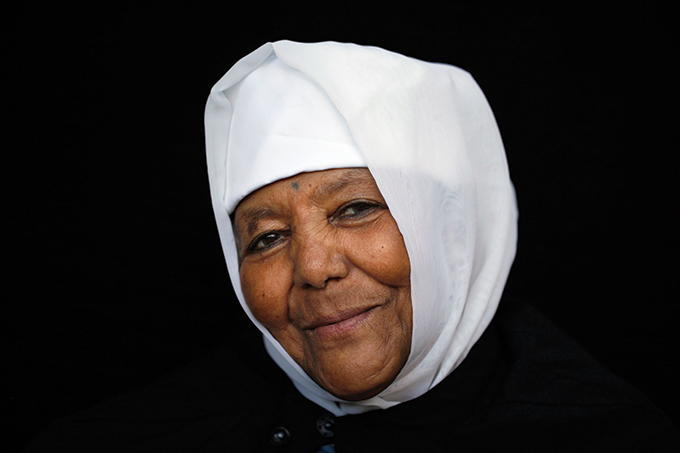
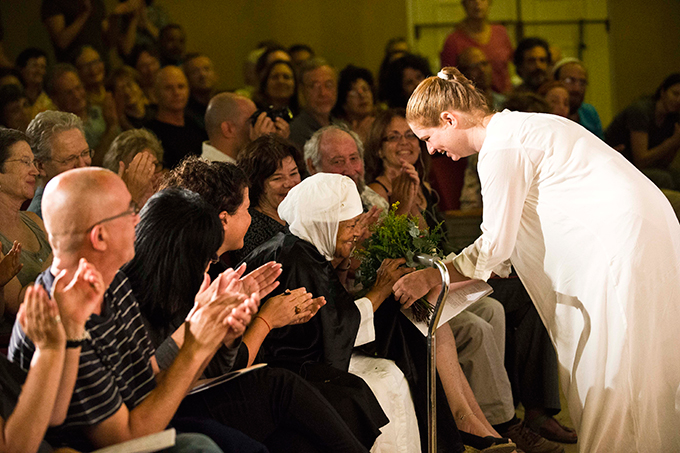
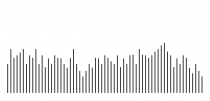

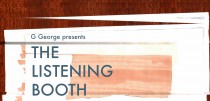









Comments